High-frequency PCB
High-frequency PCBs (High-Frequency Printed Circuit Boards) are specifically designed to handle high-frequency signals, such as those in the microwave and millimeter-wave frequency bands. They play a pivotal role in numerous sectors of modern electronics technology, particularly in communication systems, radar systems, medical equipment, satellite communications, high-speed computer networks, as well as in the military and aerospace industries.
I. Definition and Significance
Definition: High-frequency PCBs refer to printed circuit boards capable of processing high-frequency signals, which typically demand high frequency ranges and wide bandwidths.
Significance: In high-speed, high-frequency applications, high-frequency PCBs play a crucial role, as their performance directly impacts the efficiency and reliability of the entire system.

II. Unique Properties
Material Characteristics:
High-frequency PCBs commonly employ materials with low dielectric constants (Dk) and low dissipation factors (Df) to minimize signal attenuation and delay during transmission. Examples of such materials include PTFE (Polytetrafluoroethylene), PI (Polyimide), and ceramics, each with its own advantages and disadvantages in terms of electrical properties, thermal stability, and processability.

Design Principles:
Careful layout of conductive traces is essential to avoid unwanted signal reflections and attenuation, ensuring signal clarity and integrity. Additionally, electromagnetic compatibility (EMC) considerations involve using shielding materials, strategically placing ground and power planes, and incorporating special filters and isolation techniques to mitigate electromagnetic interference.
Thermal Management:
Given the significant heat generated by components operating at high frequencies, thermal management becomes paramount. High-frequency PCBs often incorporate efficient heat dissipation layers or heat sinks to prevent component damage or performance degradation due to overheating.

III. Application Domains
High-frequency PCBs find extensive applications across various sectors, including but not limited to:
- Wireless Communications: Core components in 5G, Wi-Fi, and other wireless technologies.
- Satellite Systems: Used in satellite communications, navigation, and remote sensing.
- Radar and Navigation Systems: Vital for meteorological observations, aerospace, and military applications.
- High-Speed Computer Networks: Supporting high-speed data transmission and exchange.
- Medical Equipment: Core components in high-frequency surgical scalpels, radiofrequency ablation devices, and more.
- Military and Aerospace Industries: Widely applied in missile guidance, aircraft communication, satellite control, and other areas.
IV. Design and Manufacturing
Designing and manufacturing high-frequency PCBs is a complex process requiring precise engineering knowledge and high-quality materials. The design phase necessitates comprehensive consideration of signal frequency, bandwidth, attenuation, delay, and EMC factors. The manufacturing phase, on the other hand, relies on advanced processing techniques and equipment to ensure the quality and performance of the PCBs.
Minintel specializes in providing reliable high-frequency PCBs with guaranteed high quality. If you have any questions regarding PCB design or manufacturing, please feel free to contact us at any time.

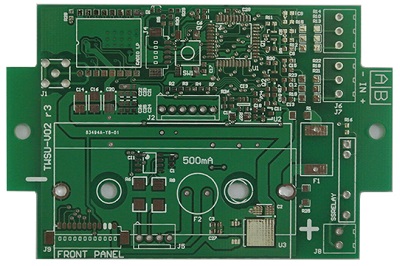 PCB
PCB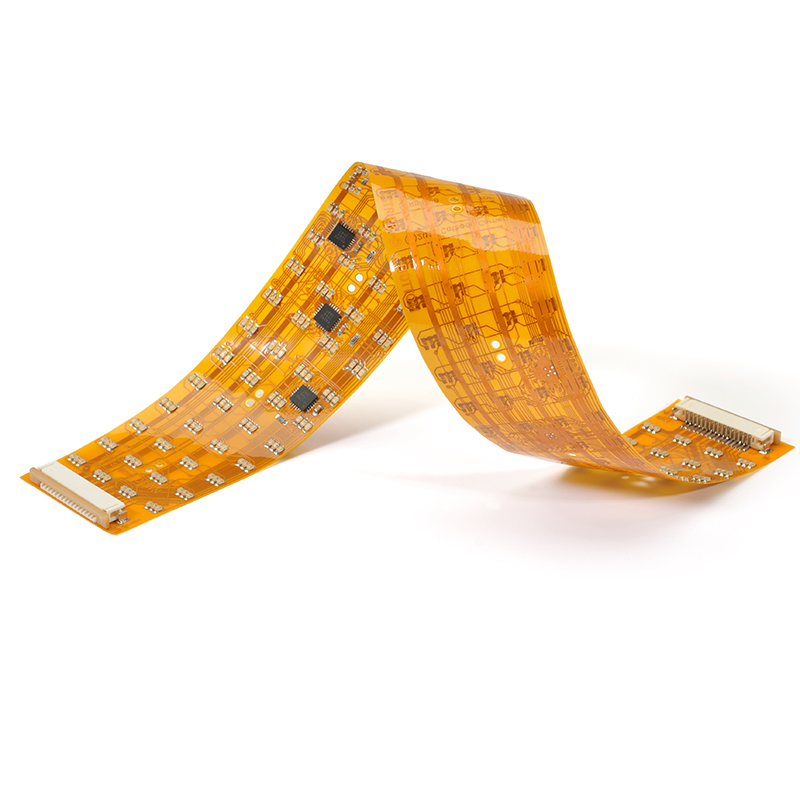 FPC
FPC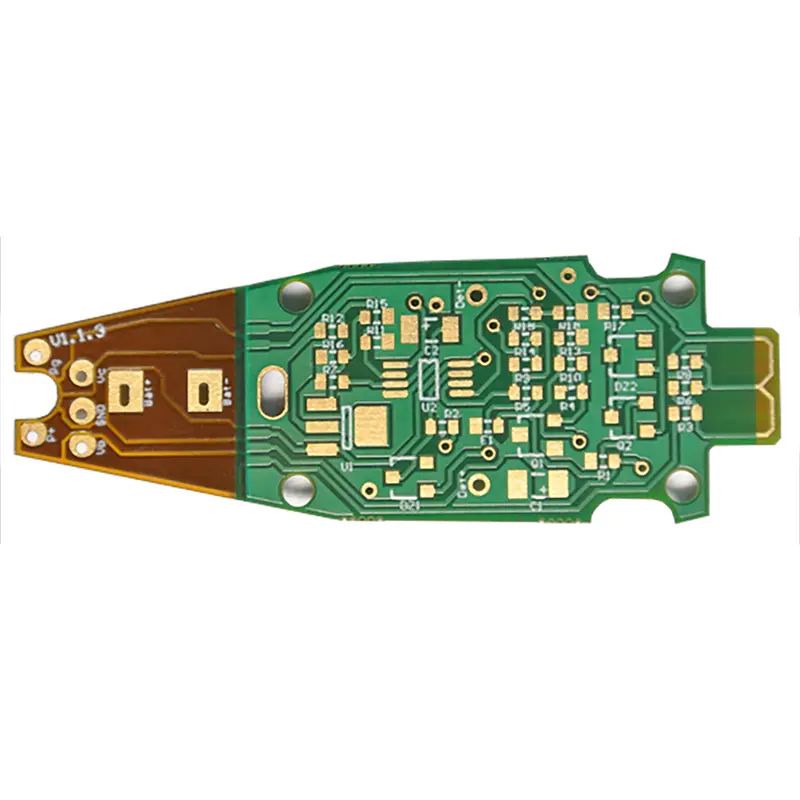 Rigid-Flex
Rigid-Flex FR-4
FR-4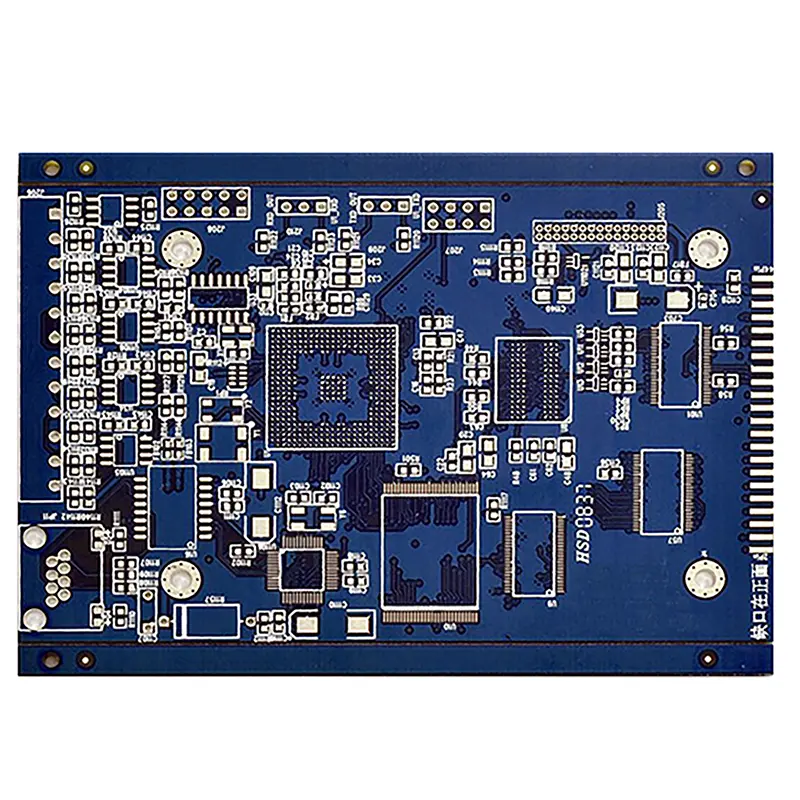 HDI PCB
HDI PCB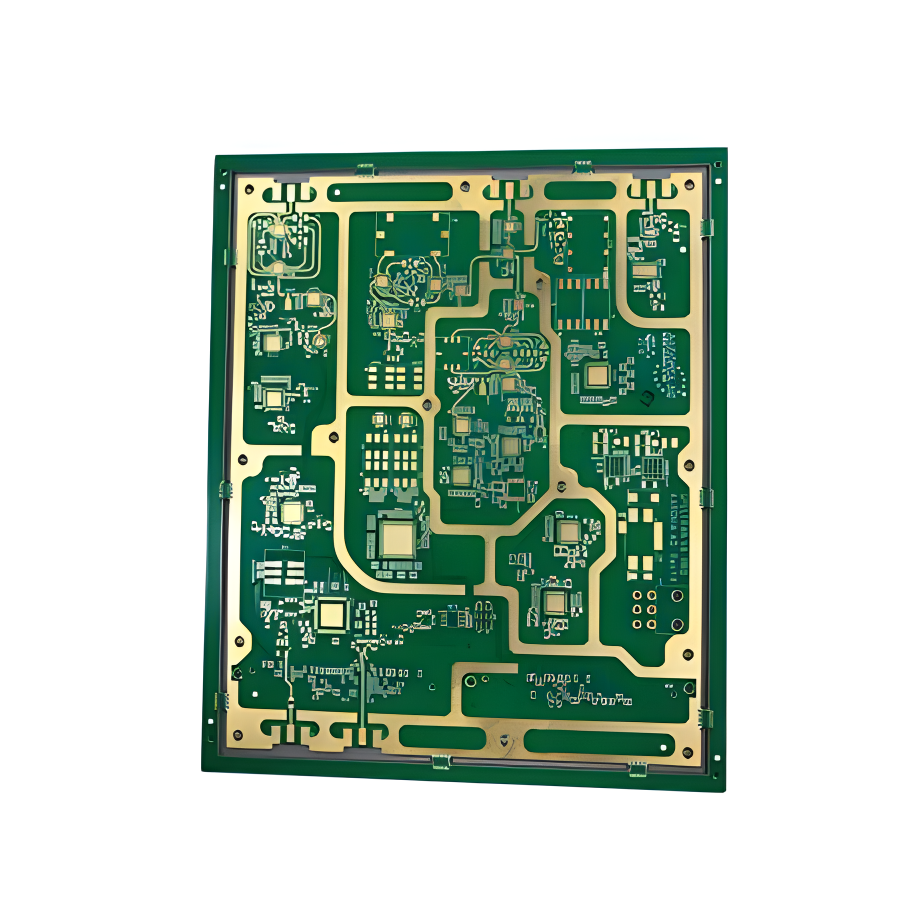 Rogers High-Frequency Board
Rogers High-Frequency Board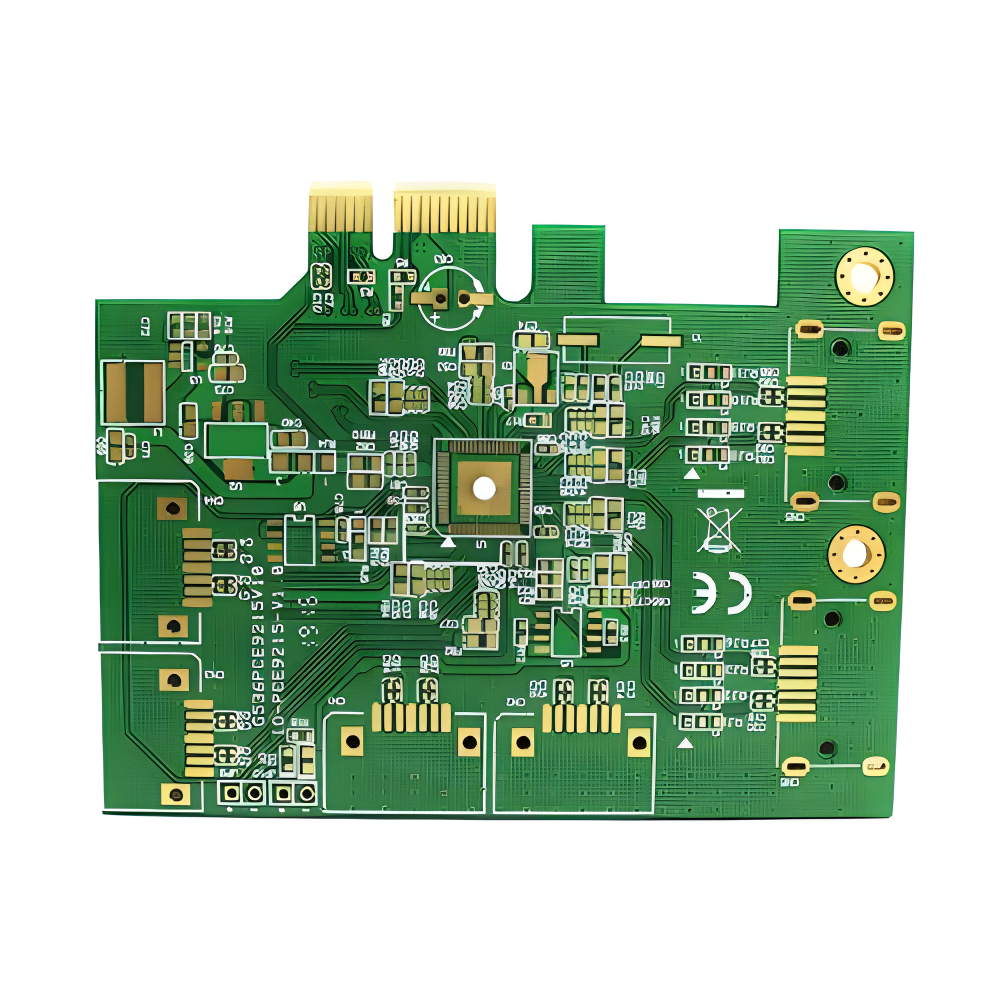 PTFE Teflon High-Frequency Board
PTFE Teflon High-Frequency Board Aluminum
Aluminum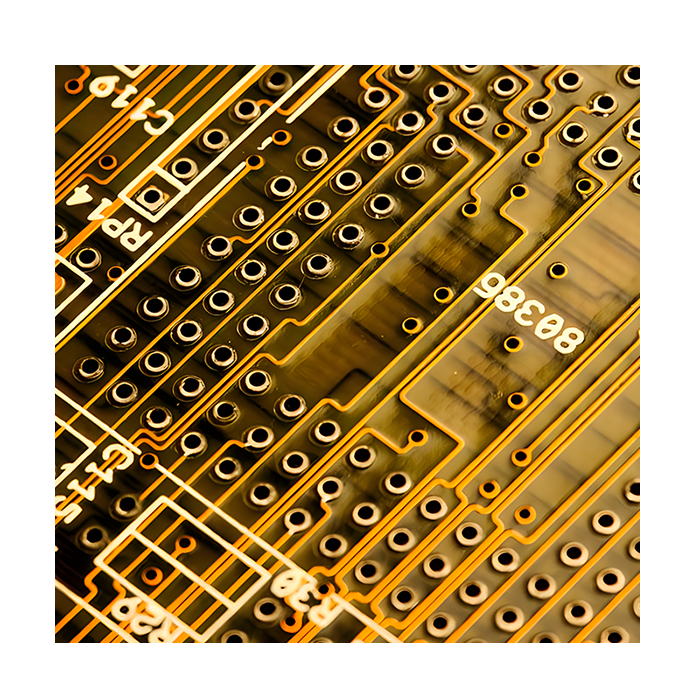 Copper Core
Copper Core PCB Assembly
PCB Assembly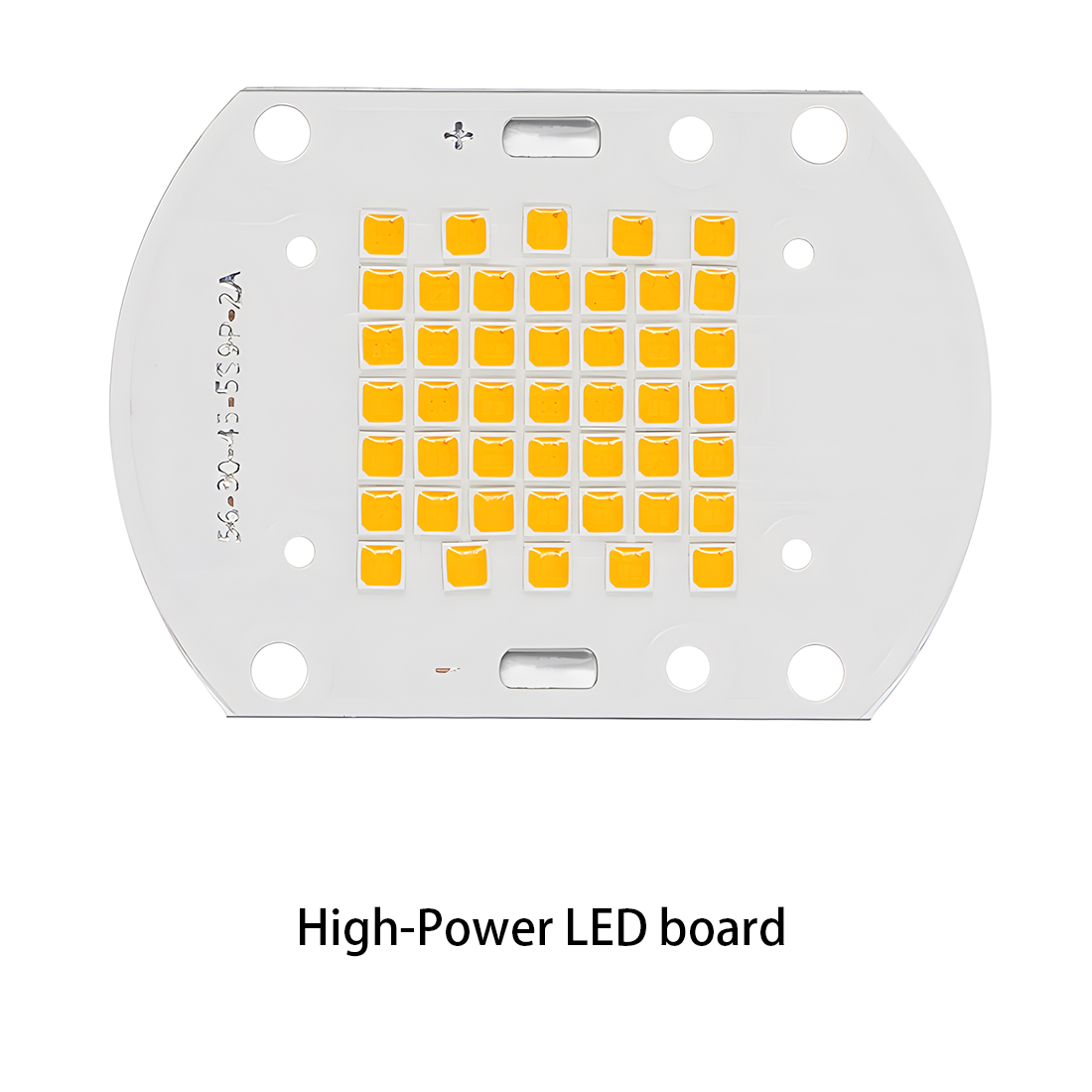 LED light PCBA
LED light PCBA Memory PCBA
Memory PCBA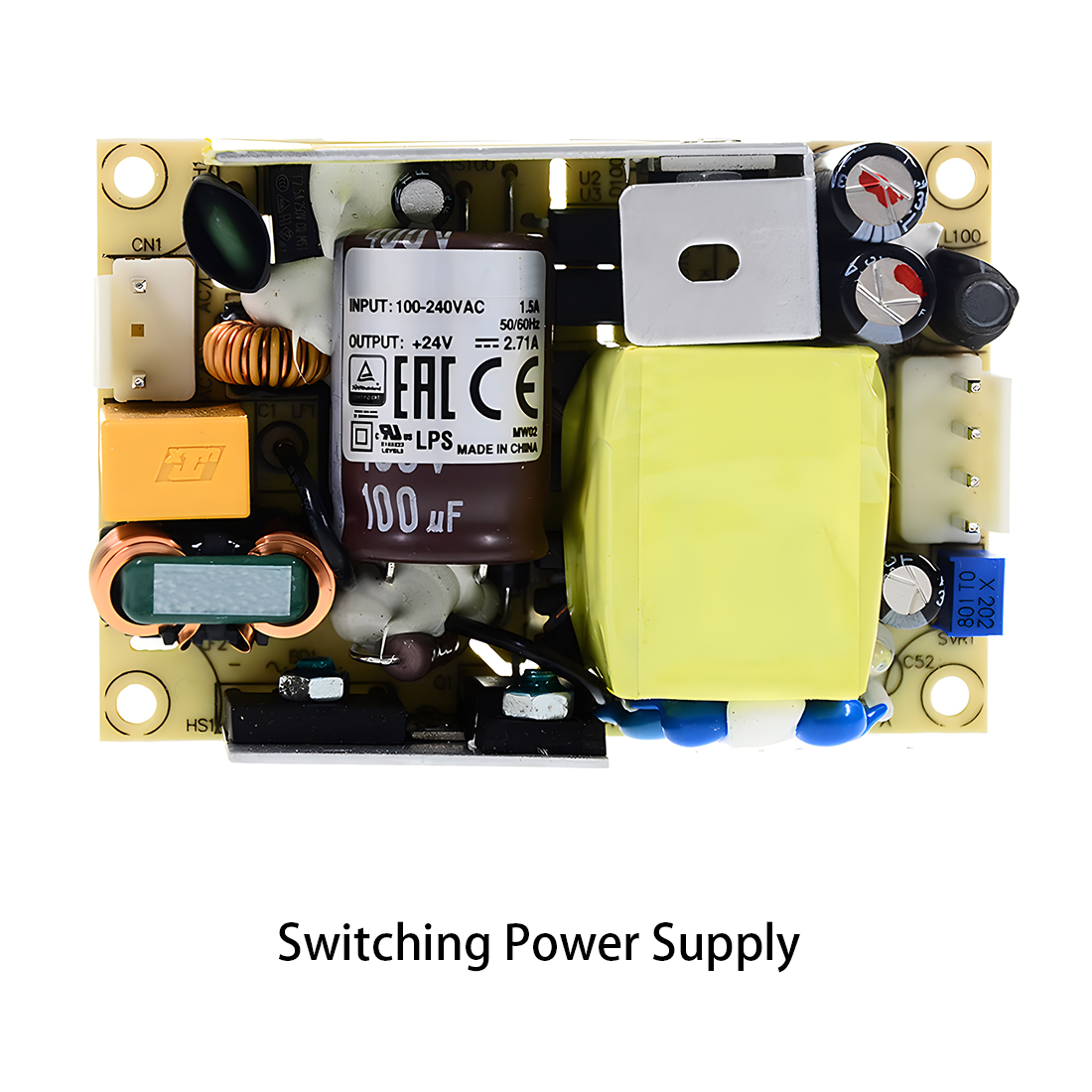 Power Supply PCBA
Power Supply PCBA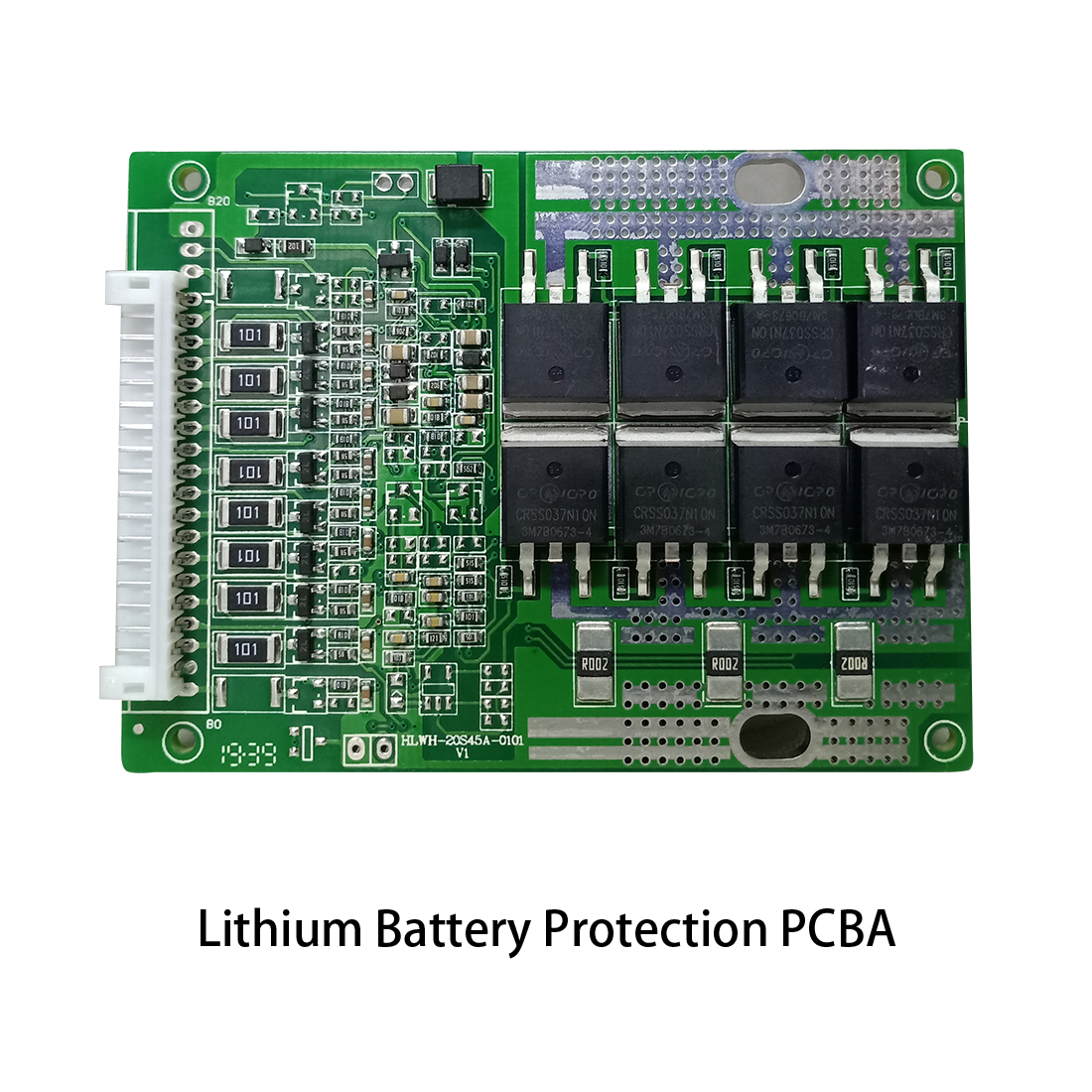 New Energey PCBA
New Energey PCBA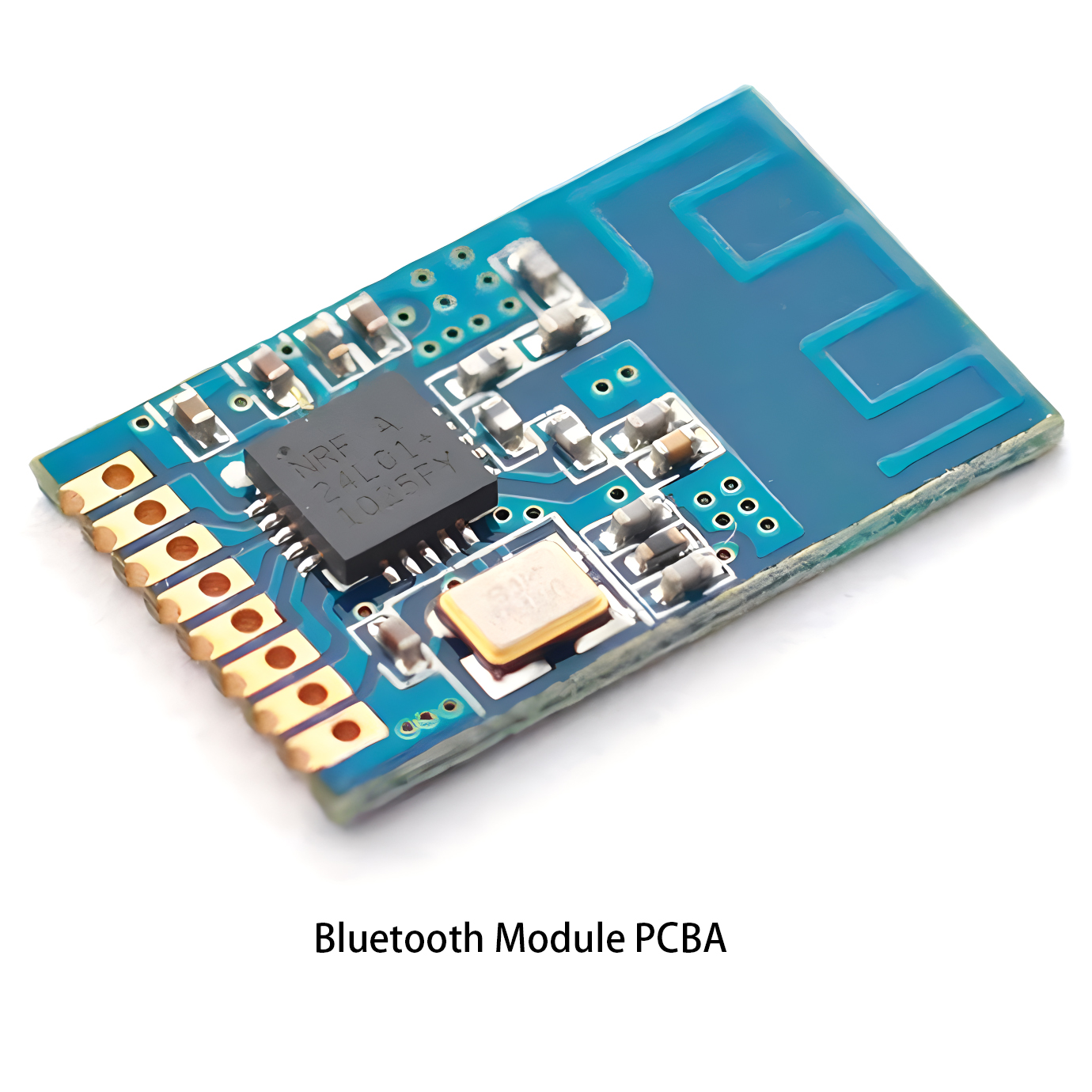 Communication PCBA
Communication PCBA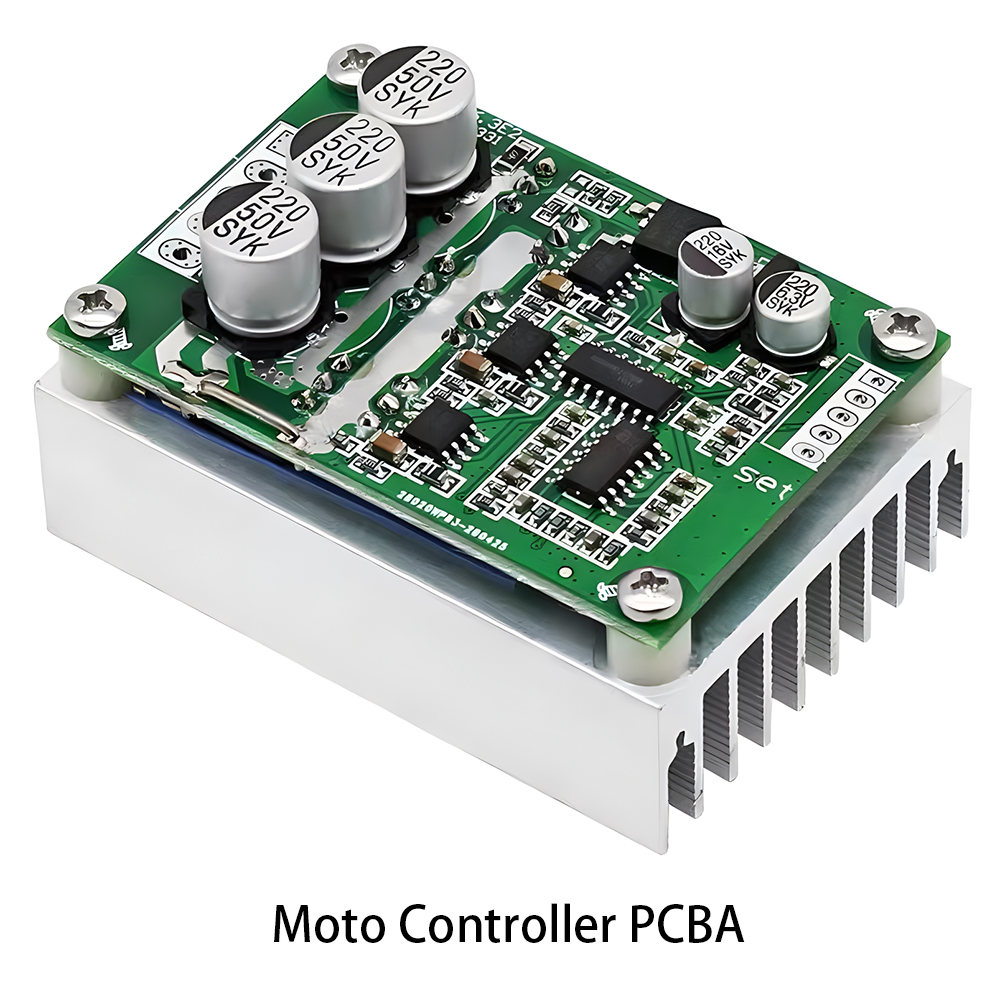 Industrial Control PCBA
Industrial Control PCBA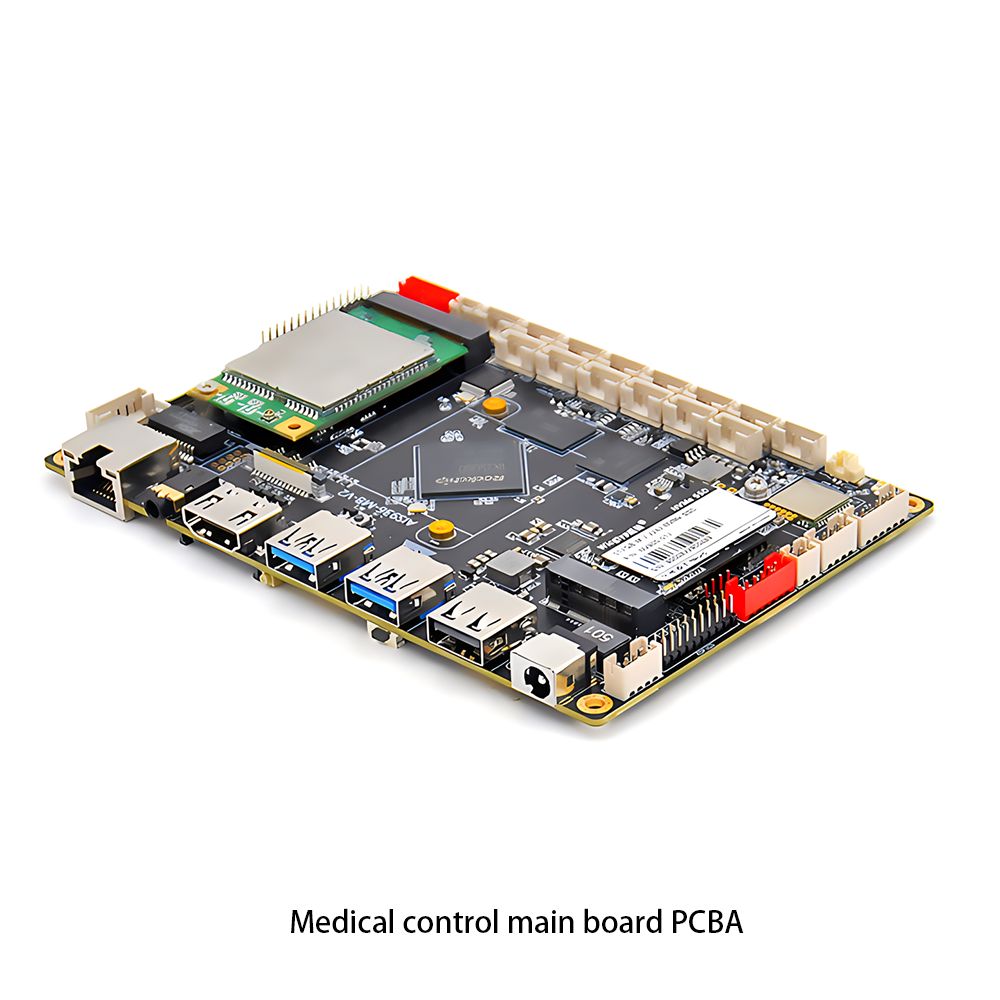 Medical Equipment PCBA
Medical Equipment PCBA Product Rebuild
Product Rebuild PCB Copy
PCB Copy IC Cracking
IC Cracking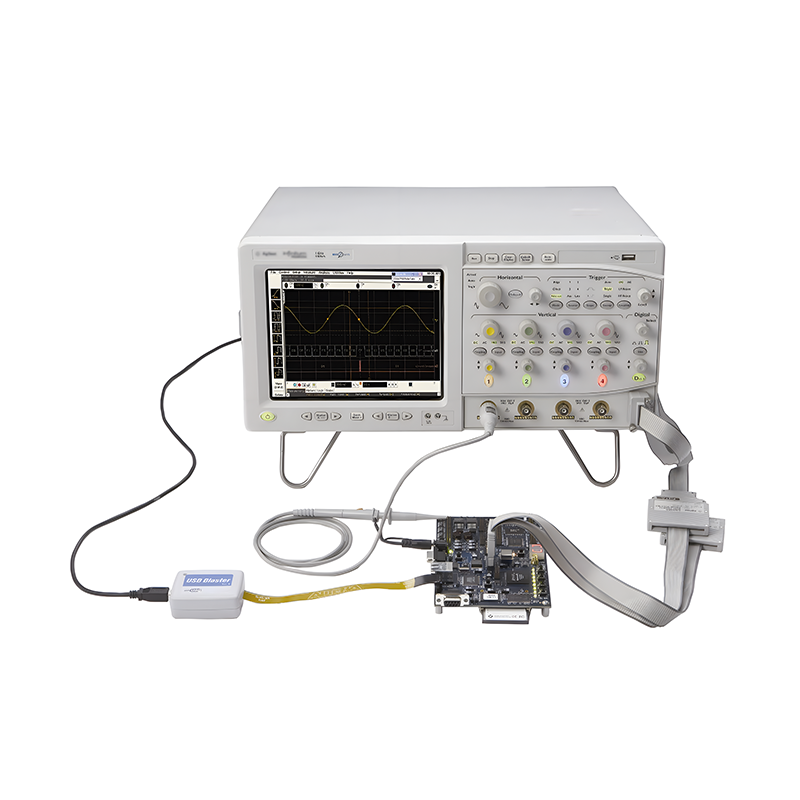 PCBA Testing Service
PCBA Testing Service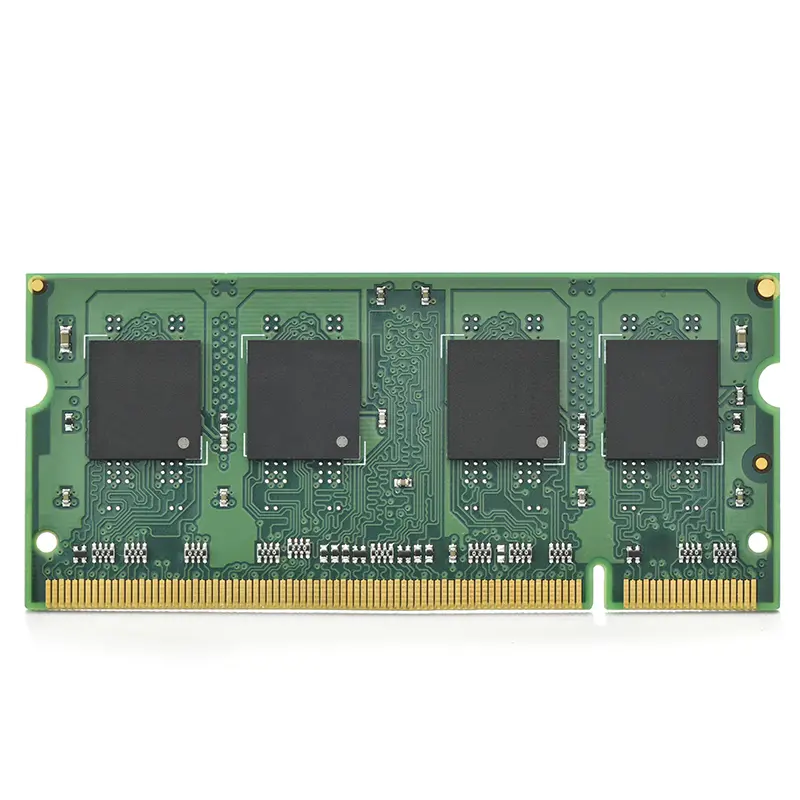 Certification Application
Certification Application RoHS Certification Application
RoHS Certification Application REACH Certification Application
REACH Certification Application CE Certification Application
CE Certification Application FCC Certification Application
FCC Certification Application CQC Certification Application
CQC Certification Application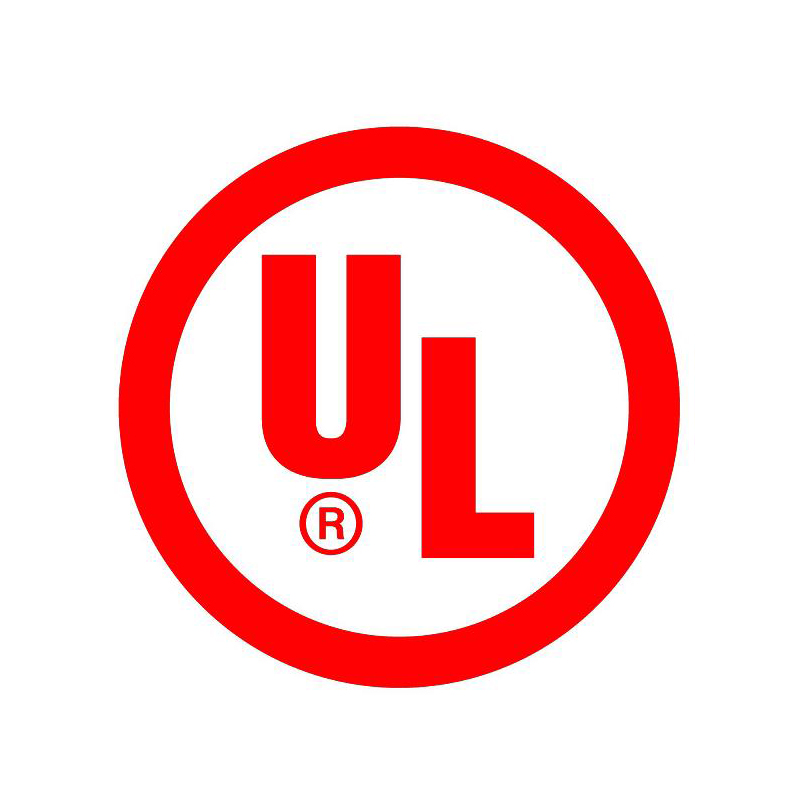 UL Certification Application
UL Certification Application Transformers, Inductors
Transformers, Inductors High Frequency Transformers
High Frequency Transformers Low Frequency Transformers
Low Frequency Transformers High Power Transformers
High Power Transformers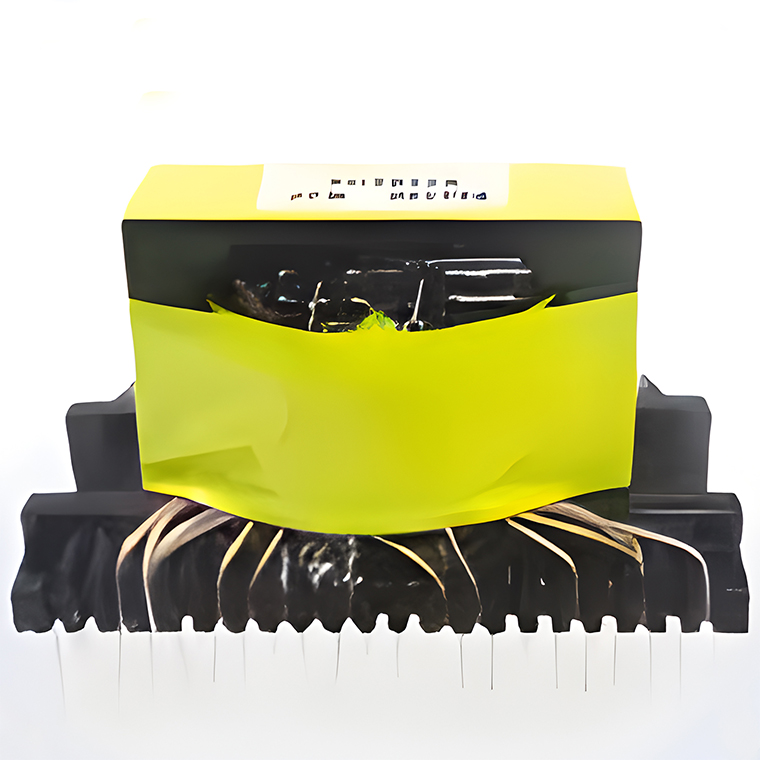 Conversion Transformers
Conversion Transformers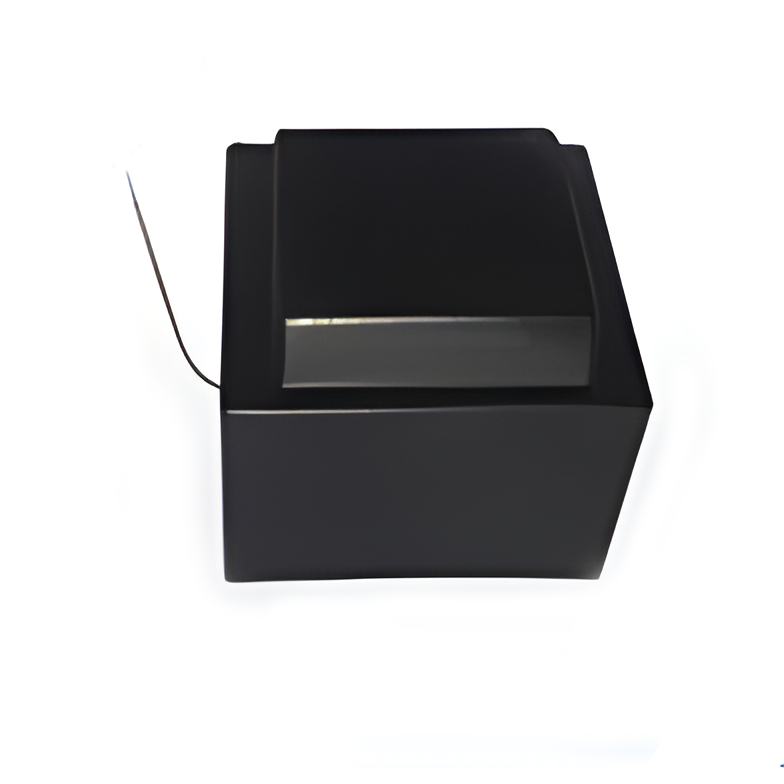 Sealed Transformers
Sealed Transformers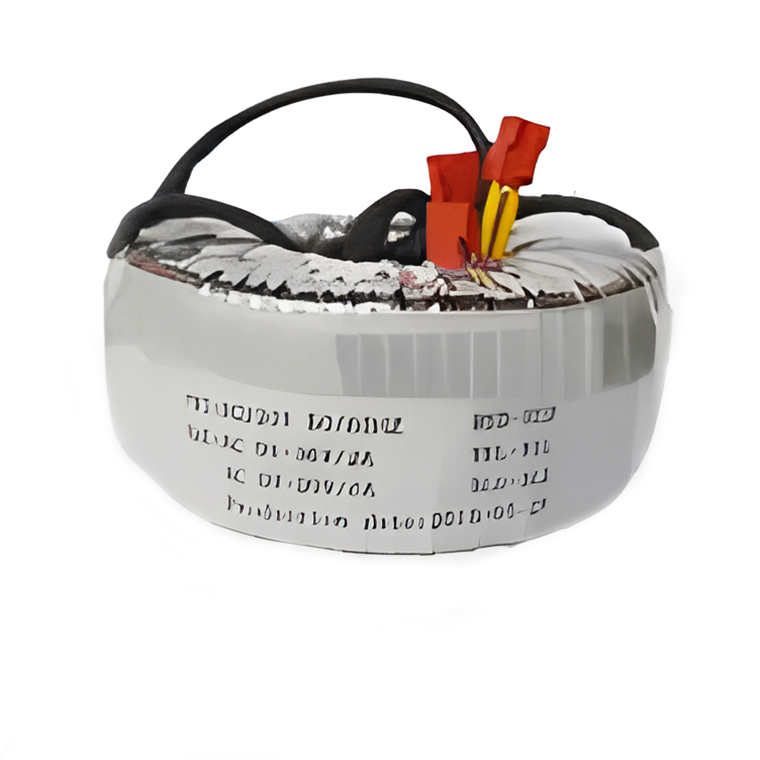 Ring Transformers
Ring Transformers Inductors
Inductors Wires,Cables Customized
Wires,Cables Customized Network Cables
Network Cables Power Cords
Power Cords Antenna Cables
Antenna Cables Coaxial Cables
Coaxial Cables Capacitors
Capacitors Connectors
Connectors Diodes
Diodes Embedded Processors & Controllers
Embedded Processors & Controllers Digital Signal Processors (DSP/DSC)
Digital Signal Processors (DSP/DSC) Microcontrollers (MCU/MPU/SOC)
Microcontrollers (MCU/MPU/SOC) Programmable Logic Device(CPLD/FPGA)
Programmable Logic Device(CPLD/FPGA)